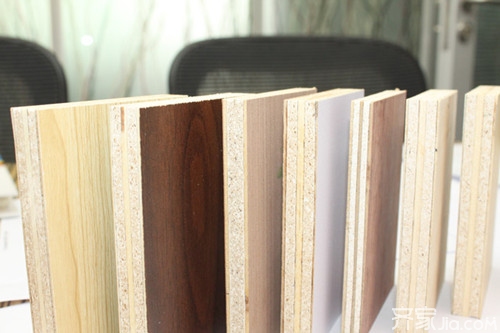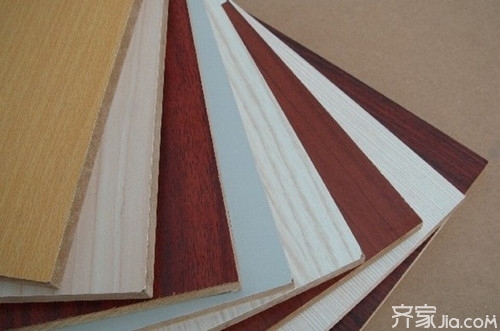Sheet formaldehyde detection method sheet formaldehyde emission standard
Most of the common man-made boards used in furniture manufacturing are made of wood scraps sprayed with a urea-formaldehyde resin adhesive and then pressed into plates at high temperature and pressure. Urea-formaldehyde resin is a direct compound of formaldehyde and urea. Every time a panel of 3 square meters is manufactured, about 4 kg of formaldehyde is used to synthesize urea-formaldehyde resin adhesive; the disadvantage of urea-formaldehyde resin is that it is chemically unstable, and it is in a natural state. Back to continuous decomposition reduced to formaldehyde and urea. Next, Xiao Bian introduced the sheet formaldehyde detection method and the sheet formaldehyde emission standard for everyone.

Sheet formaldehyde detection method
1, spectrophotometry
This method is a qualitative and quantitative gap method based on the molecular structure and based on the absorption of electromagnetic radiation by molecules of different structures. It is currently the most common method of detecting formaldehyde pollution. Modern spectrophotometric methods mainly include acetylacetone method, phenol reagent method, AHMT method, magenta-sulfurous acid, chromotropic acid method, phloroglucinol method, catalytic spectrophotometry, etc. Each method has its own emphasis, each has advantages and disadvantages. Sex.
2, electrochemical method
The electrochemical method is a method that quantitatively analyzes the concentration of an analyte starting from the change in current, charge, and potential generated in a chemical reaction. At present, the electrochemical methods for detecting formaldehyde mainly include polarography and potentiometry.
3, chromatography
Chromatography is a method that is specifically designed for food, residential, and textile applications. It is flexible and adaptable. It can be directly used for the analysis and detection of formaldehyde in residential rooms, textiles and foods. The formaldehyde in the sample can also be derivatized and then measured. However, chromatographic procedures are cumbersome and are generally used when large amounts of formaldehyde are detected.
4, the sensor
The sensors here mainly include electrochemical sensors, optical sensors, and photobiochemical sensors. Among them, the electrochemical sensor has a simple structure, low cost, and short use time. Optical sensors are expensive, bulky, and use more restrictive. But in general, the price of sensors is much higher than other methods of detecting formaldehyde, and it is difficult to have their market in the market.

Plate formaldehyde emission standard
E2 grade: formaldehyde emission ≤ 5.0mg/L, E2 grade sheet due to excessive formaldehyde emission, belongs to the national standard of the plate, must be properly processed before it can be used for interior decoration.
E1 level: formaldehyde emission ≤ 1.5mg/L, E1 plate in line with national standards, is also widely used in China's domestic industry, the plate can be used directly for interior decoration.
E0 level: Formaldehyde emission ≤ 0.5mg/L, E0 sheet formaldehyde emission is one-third of China's national standards, and it is more favorable to protect the health of the human body and the environment. It is the highest environmental protection standard in European countries, and it is also The extensive use of home-improved plates and plates up to E0 indicates that it has reached the top international environmental standards, and the amount of formaldehyde released is almost negligible.
Editor's summary: About formaldehyde detection methods and sheet formaldehyde emission standards on the sheet introduced here, I hope to be helpful to everyone. If you want to know more related information, you can pay attention to this website information.
Plate sheet formaldehyde detection method
Shower Faucet System,Concealed Bath Shower,In-Wall Black Shower Faucet
Kaiping Jenor Sanitary Ware Co., Ltd , https://www.kpjenorsanitary.com